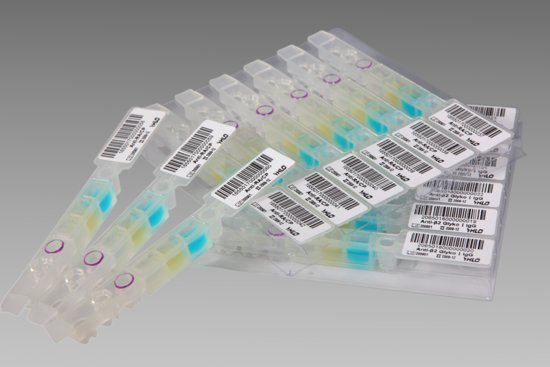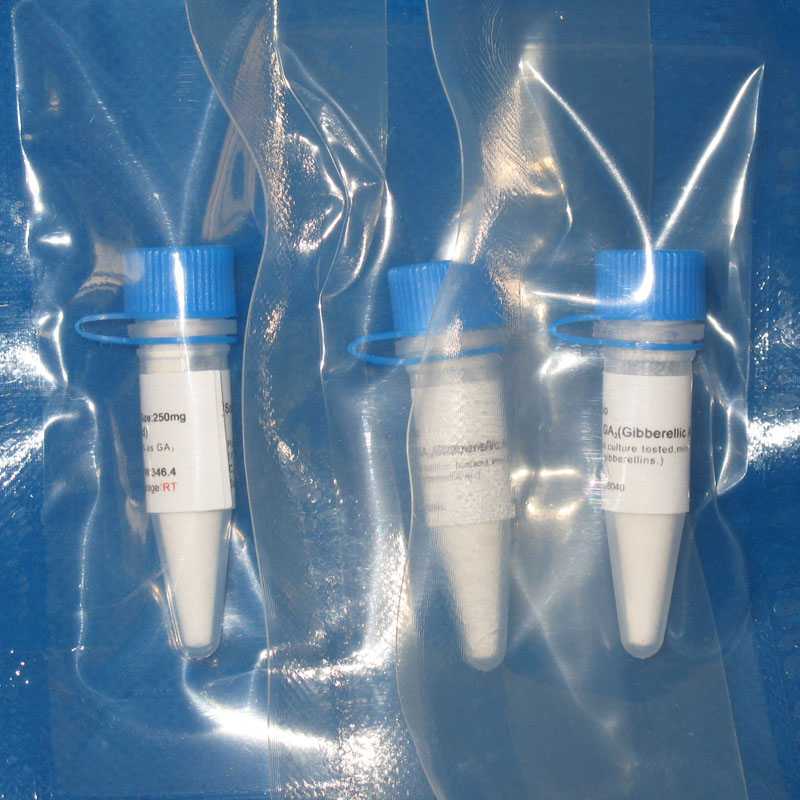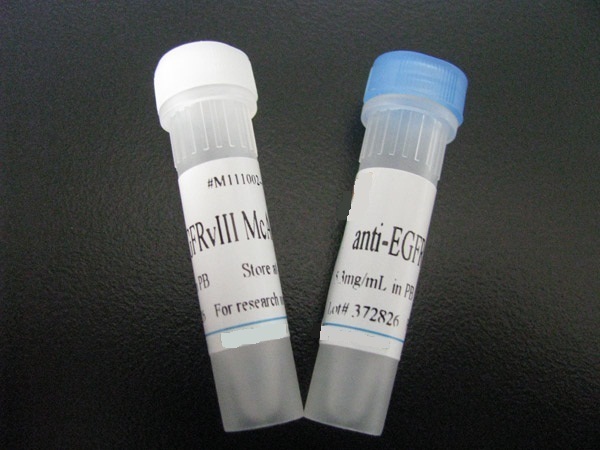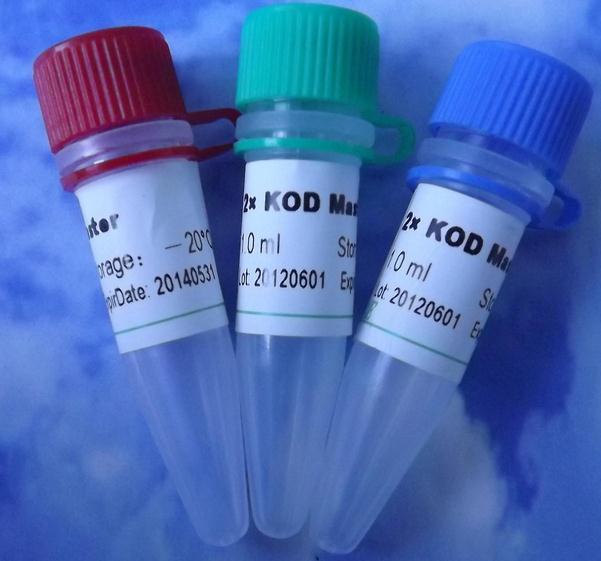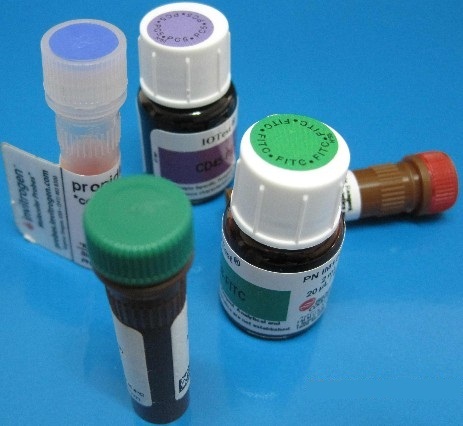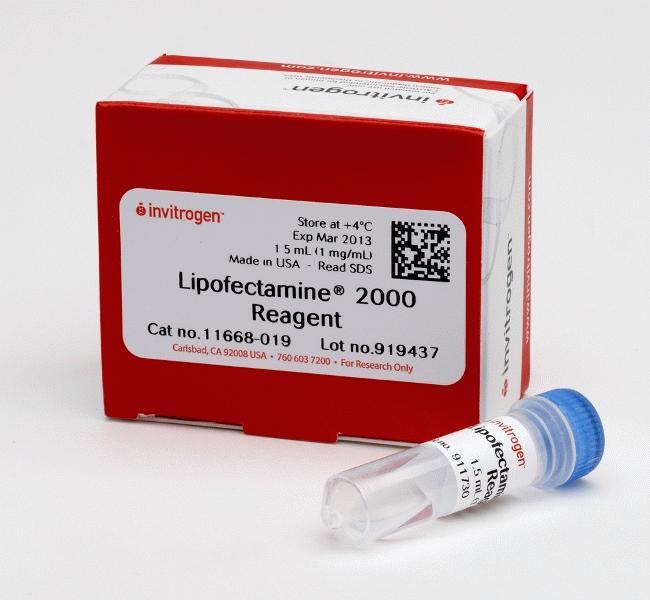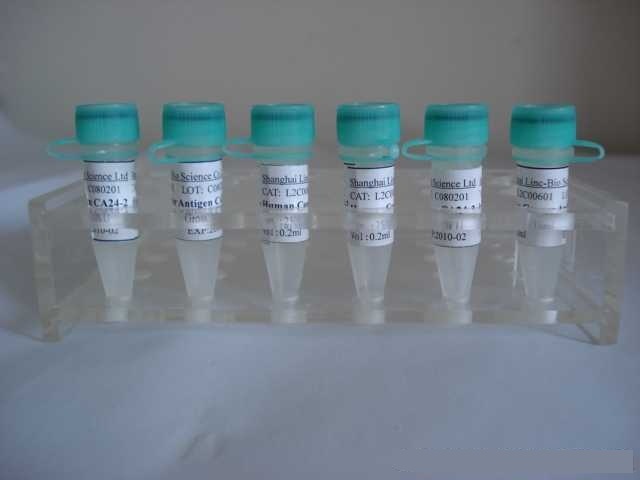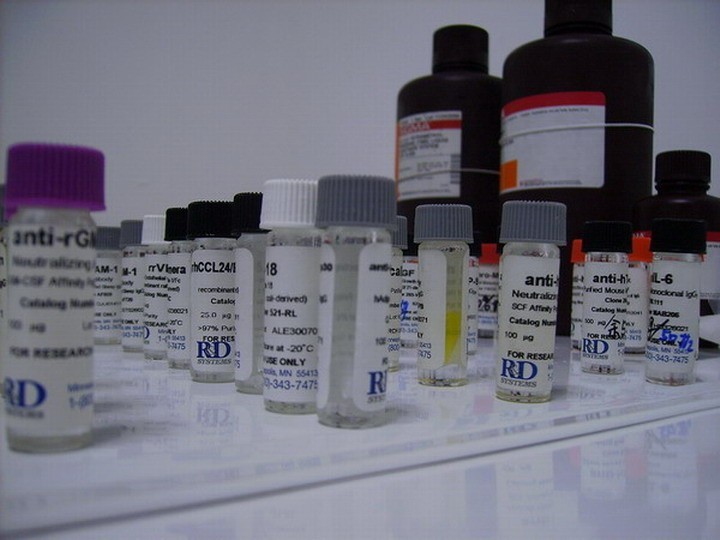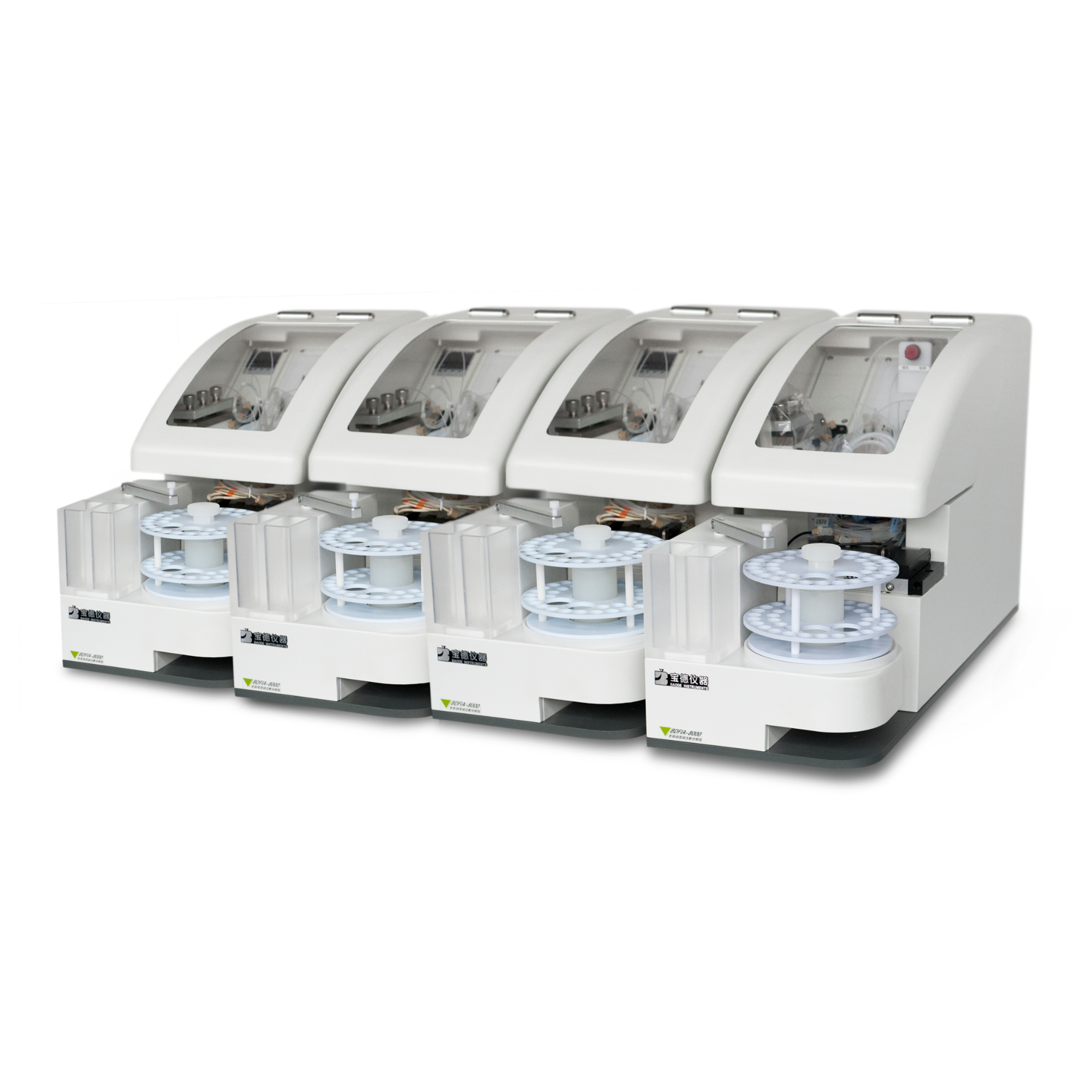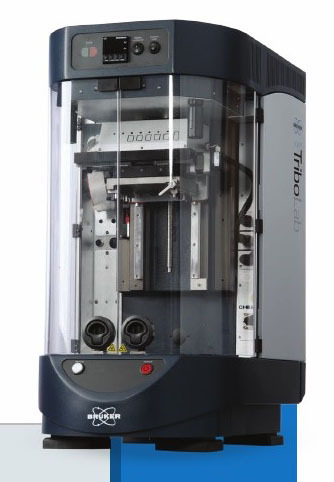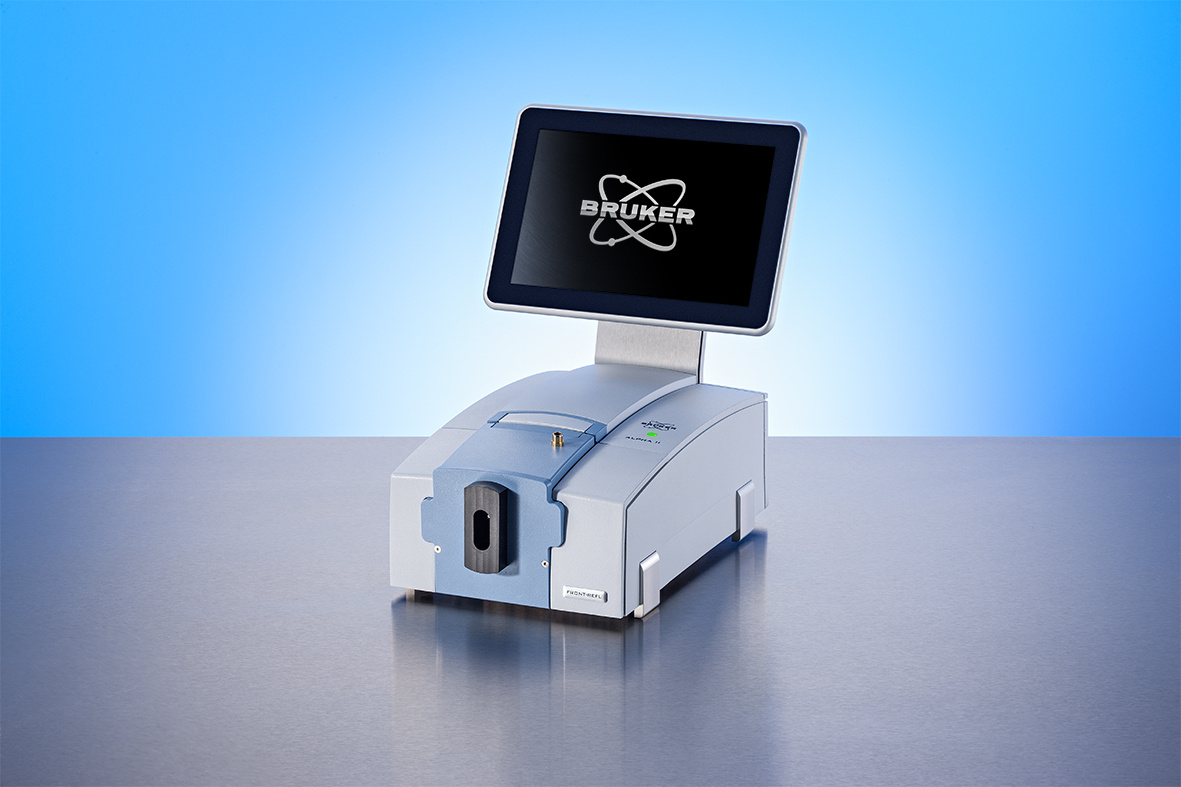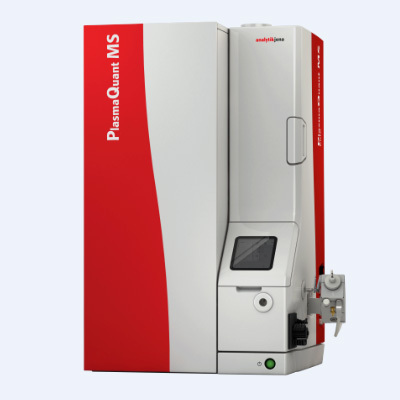甘氨酸受体α3/GlyR α3抗体英文名称 Anti-GLRA3/Glycine Receptor alpha 3
中文名称 甘氨酸受体α3/GlyR α3抗体
别 名 GLRA 3; Glra3; GLRA3_HUMAN; Glycine receptor alpha 3 polypeptide; Glycine receptor alpha 3 subunit; Glycine receptor subunit alpha 3; Glycine receptor subunit alpha-3; Ligand gated ion channel.
浓 度 1mg/1ml
规 格 0.2ml/200μg
纯化的抗体可通过不同的途径获取,有些甘氨酸受体α3/GlyR α3抗体可通过下述方法制备或从商家购买。从商家购买的抗体,通常附有正确的储存方法。
1)工作液应在4℃下融化并存放,可能稳定达数月。
2)如果没有特殊原因而避免使用叠氮钠,亦可加入叠氮钠,浓度为0.02%。将纯化的抗体样本分装成合适的体积,于-20℃保存。
3)纯化的抗体溶液应以较高的浓度(如lmg/m1)在中性pH下保存。:常用的抗体储存浓度高达l0mg/ml。较低浓度的抗体冻存前应浓缩。所有标准的浓缩方法(如超滤法),皆可使用。还有一个简单的方法是用蛋白A或蛋白G亲和柱来浓缩溶液。如果纯化的抗体不是用于标记,可将它们以较低浓度储存于加有1%BSA的溶液中。
4)经纯化制备的抗体在常用的缓冲液中是稳定的。其DH应保持在中性左右。如果pH在7-8之间,即使保存多年,对抗体也无损害。多数情况下,盐浓度适于保持在0-150mmol/L之间,但在长期存放的抗体中,盐溶液浓度高达500mmol/L时,对甘氨酸受体α3/GlyR α3抗体能有损害。如果没有其他说明.律议用PBS或50mmol/LTris(DH8.0)溶液长期存放抗体。
抗体来源 Rabbit
克隆类型 polyclonal
交叉反应 Human, Mouse, Rat, Dog, Pig, Cow, Rabbit
产品类型 一抗
研究领域 神经生物学 通道蛋白 细胞膜受体 G蛋白偶联受体 G蛋白信号
蛋白分子量 predicted molecular weight: 50kDa
性 状 Lyophilized or Liquid
免 疫 原 KLH conjugated synthetic peptide derived from human GLRA3/Glycine Receptor alpha 3
亚 型 IgG
纯化方法 affinity purified by Protein A
储 存 液 Preservative: 15mM Sodium Azide, Constituents: 1% BSA, 0.01M PBS, pH 7.4
产品应用 WB=1:100-500 ELISA=1:500-1000 IHC-P=1:100-500 IHC-F=1:100-500 Flow-Cyt=1:100-500 ICC=1:100-500 IF=1:100-500
(石蜡切片需做抗原修复)
not yet tested in other applications.
optimal dilutions/concentrations should be determined by the end user.
保存条件 Store at -20 °C for one year. Avoid repeated freeze/thaw cycles. The lyophilized antibody is stable at room temperature for at least one month and for greater than a year when kept at -20°C. When reconstituted in sterile pH 7.4 0.01M PBS or diluent of antibody the antibody is stable for at least two weeks at 2-4 °C.
Important Note This product as supplied is intended for research use only, not for use in human, therapeutic or diagnostic applications.
甘氨酸受体α3/GlyR α3抗体产品介绍 In the central nervous system (CNS), glycine-mediated inhibitory neurotransmission is essential to voluntary motor control and reflex responses. Glycine binds to glycine receptors (GlyR) in the post synaptic neuronal membranes. GlyR, Gamma-aminobutryic acid, serotonin and acetylcholine comprise an evolutionally conserved superfamily of ligand-gated ion channels. The pentameric subunit structure of GlyR consists of two types of glycosylated membrane proteins, alpha 1 through alpha 4 and Beta, and an associated peripheral membrane protein, which combine to form a chloride-selective ion channel. In humans, the composition of the pentamer changes from alpha 2 subunits in the fetal CNS to alpha 1 and Beta subunits in the adult CNS. Fast potentiation of GlyR by intracellular Ca2+ in the brainstem and midbrain indicate an important role for Ca2+ in modulation glycinergic synapses. The genes encoding human GlyR alpha 1, alpha 2, alpha 3 and Beta subunits map to chromosomes 5q33.1, Xp22.2, 4q34.1 and 4q32.1, respectively.
Function : The glycine receptor is a neurotransmitter-gated ion channel. Binding of glycine to its receptor increases the chloride conductance and thus produces hyperpolarization (inhibition of neuronal firing).
Subunit : Pentamer composed of alpha and beta subunits
Subcellular Location : Cell junction, synapse, postsynaptic cell membrane; Multi-pass membrane protein. Cell membrane; Multi-pass membrane protein.
Tissue Specificity : Widely distributed throughout the central nervous system.
Similarity : Belongs to the ligand-gated ion channel (TC 1.A.9) family.
Glycine receptor (TC 1.A.9.3) subfamily. GLRA3 sub-subfamily.
Database links : UniProtKB/Swiss-Prot: O75311.2
![]()



